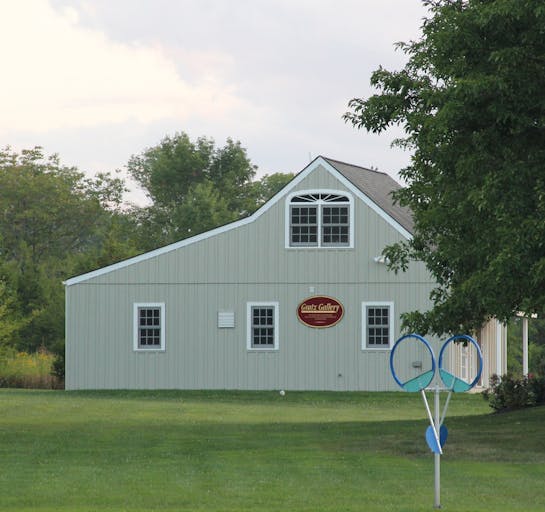Conrad Marca-Relli
1913 - 2000

Conrad Marca-Relli
1913 - 2000
Known for his collage-making abilities in Cubist and Abstract Expressionist style as well as paintings, Conrad Marca-Relli spent most of his professional career in New York City. He was born in Boston, Massachusetts, and during his childhood and youth in Europe, he received his first art lessons in Italy.
In 1926, he settled in New York City where he studied at various schools including Cooper Union. From 1935 to 1938, he was a WPA artist with the Federal Art Project, and this job was his first opportunity to devote himself exclusively to his art work. It also brought him into contact with other New York modernists such as Willem de Kooning and Franz Kline.
From 1948 to 1949, he was again in Europe and turned to Surrealist circus and architectural themes influenced by Giorgio de Chirico and Henri Rousseau. In Rome, he completed his first body of important works, based on Italian Renaissance architectural themes and circus motifs. These paintings were later exhibited in New York City at the Niveau Gallery.
Returning to New York, he pursued a style of controlled, sharp edged, biomorphic shapes with urban themes. Only by chance did he turn to collage because of a trip to Mexico in 1953 where he was impressed by the contrasts between flat white adobe buildings and the black shadows on them from the brilliant sun. To achieve a similar look, he developed a collage method of sketching forms on bare canvas, cutting them out with razor blades, coating them with layers of paint, and attaching them to a supporting canvas in a rearranged juxtaposition. Between the attachments, he began adding paint and strips of canvas, which suggested abstract figures and anatomical fragments.
By 1960, his collages were totally nonobjective. On flat surfaces and in sculpture, he experimented with metal and vinyl sheets, which gave his work an industrial and simplified appearance.
Source: Askart.com
